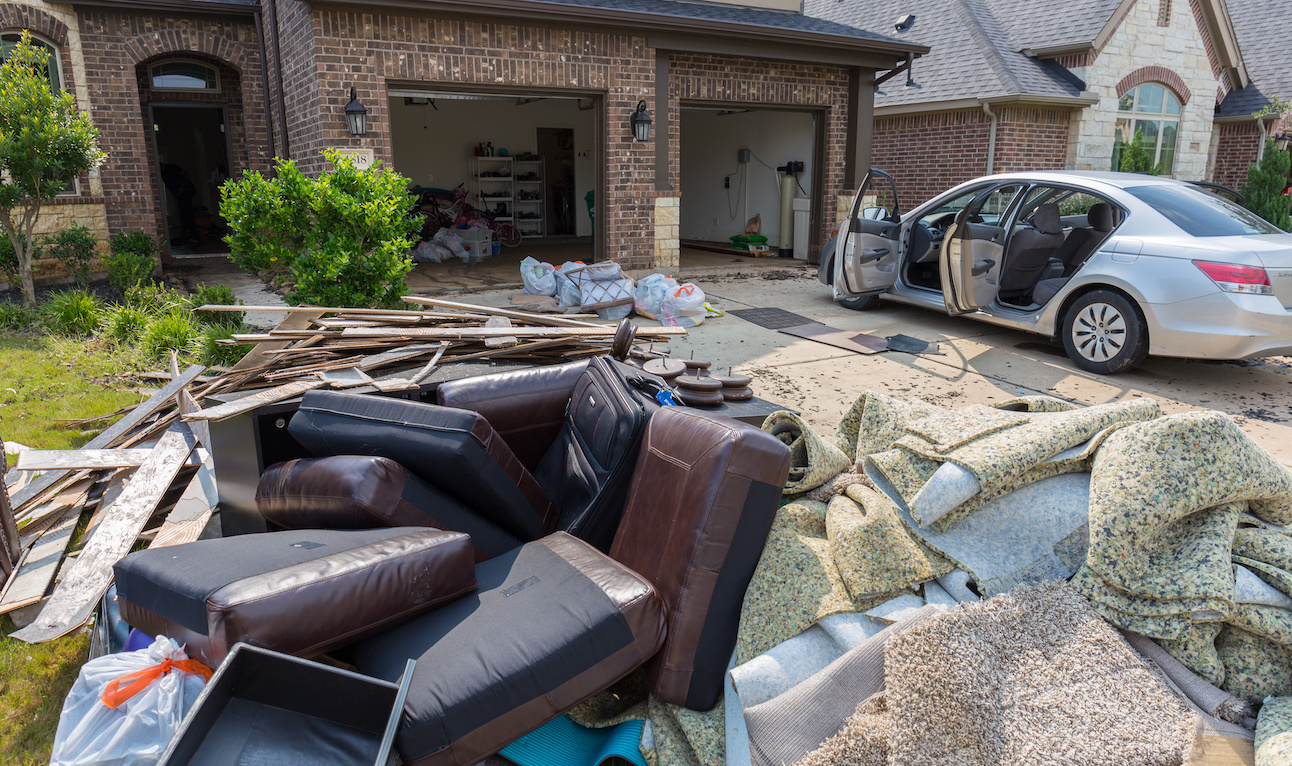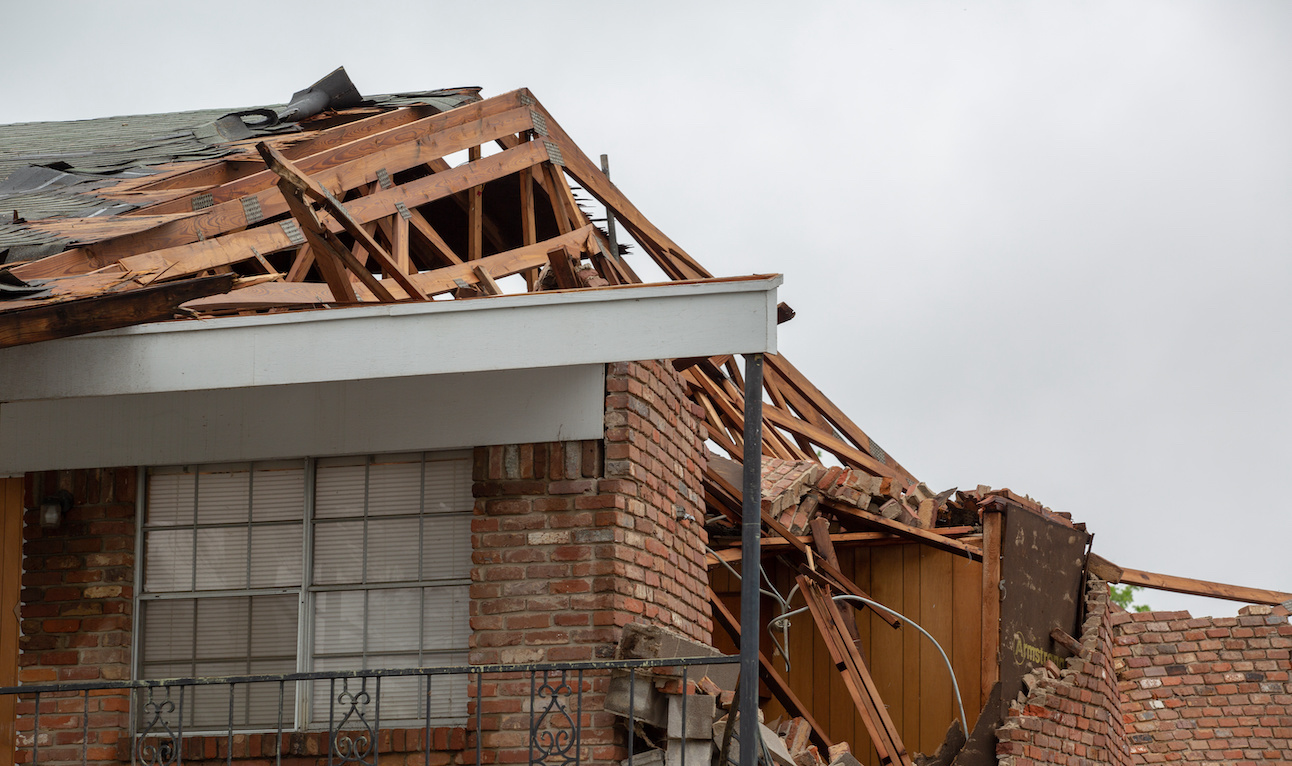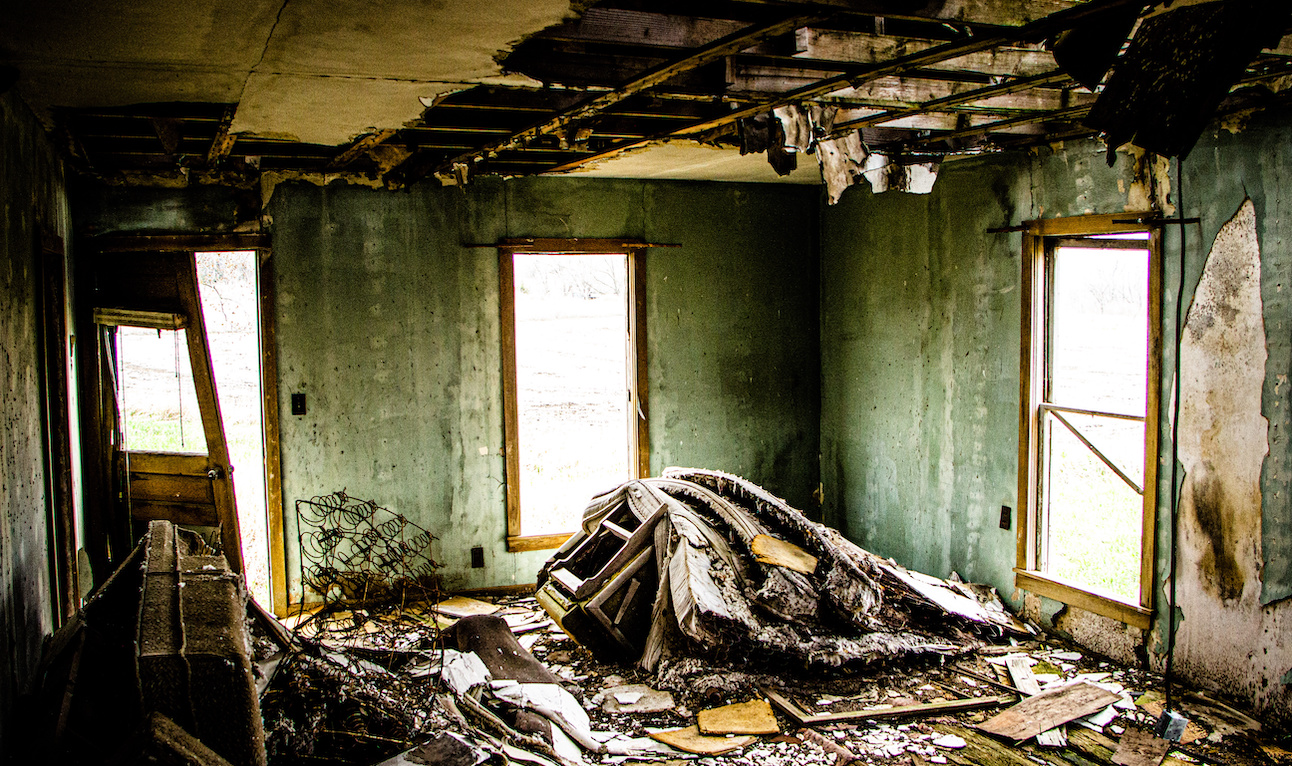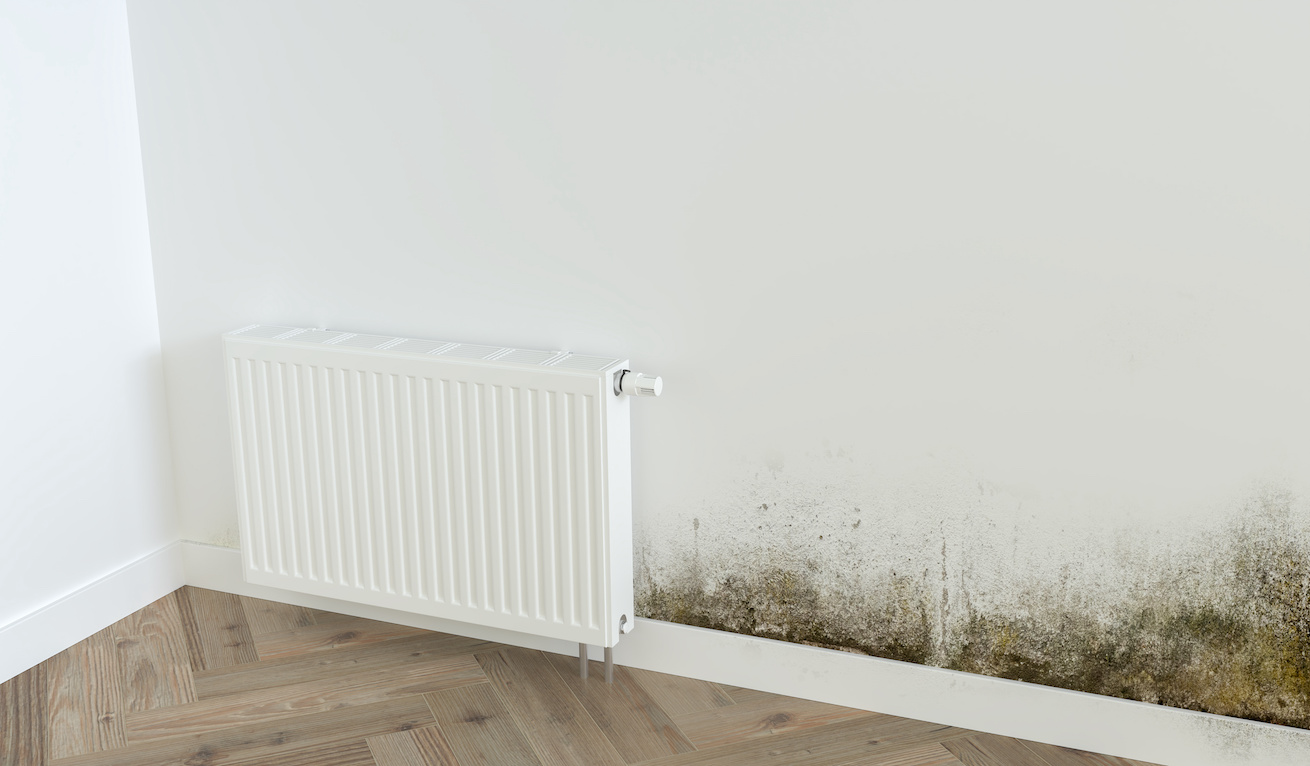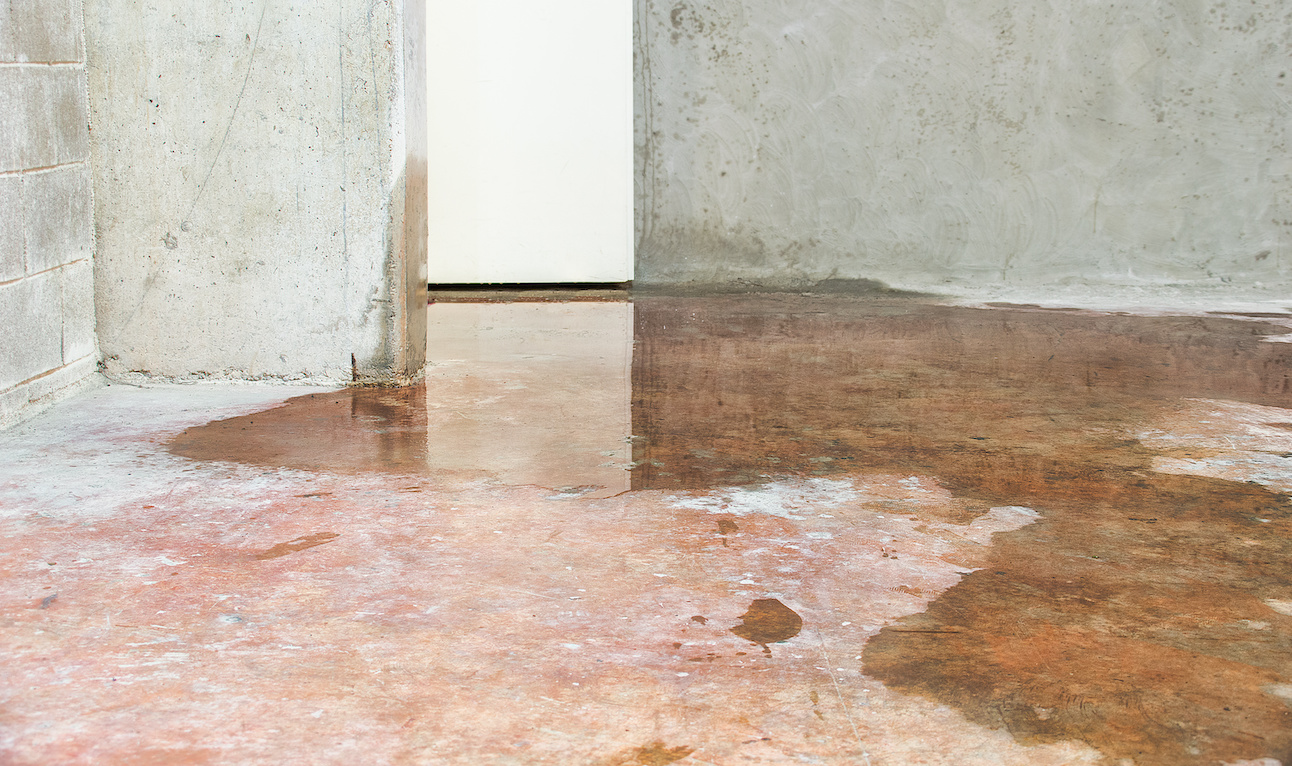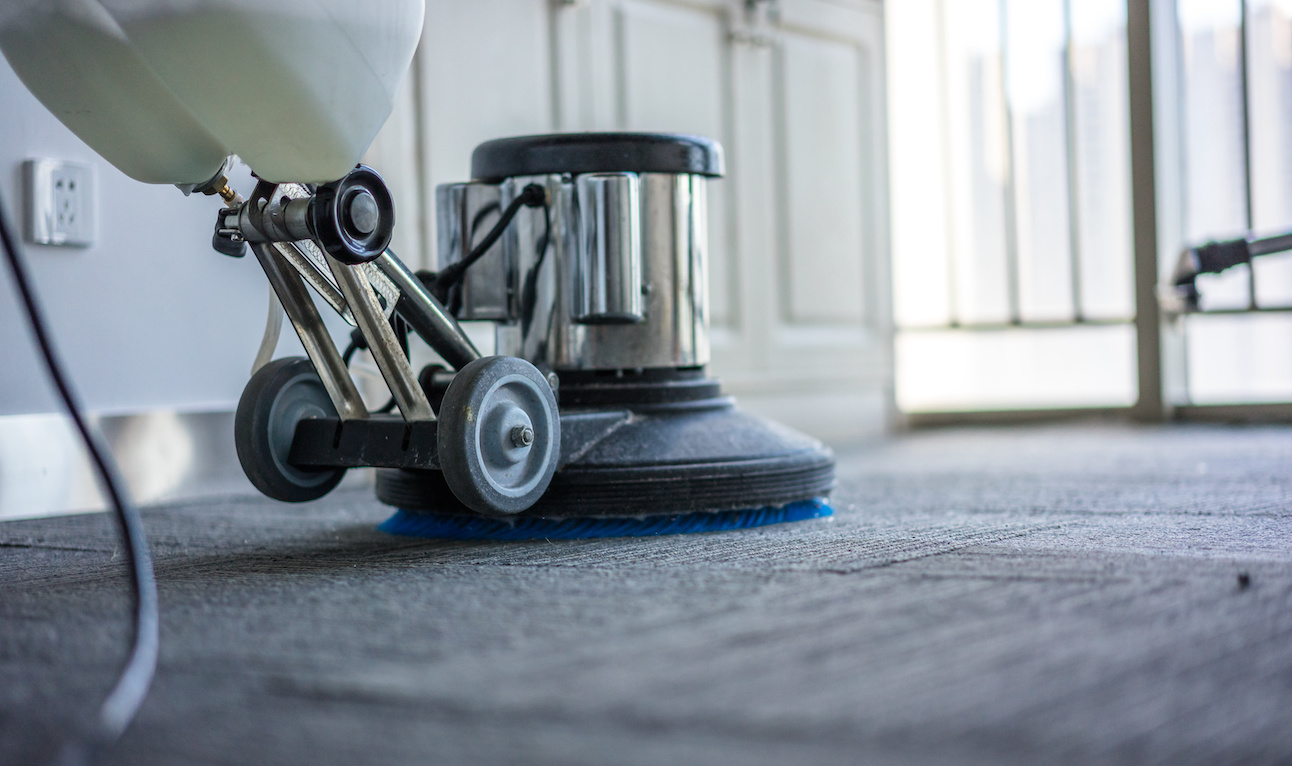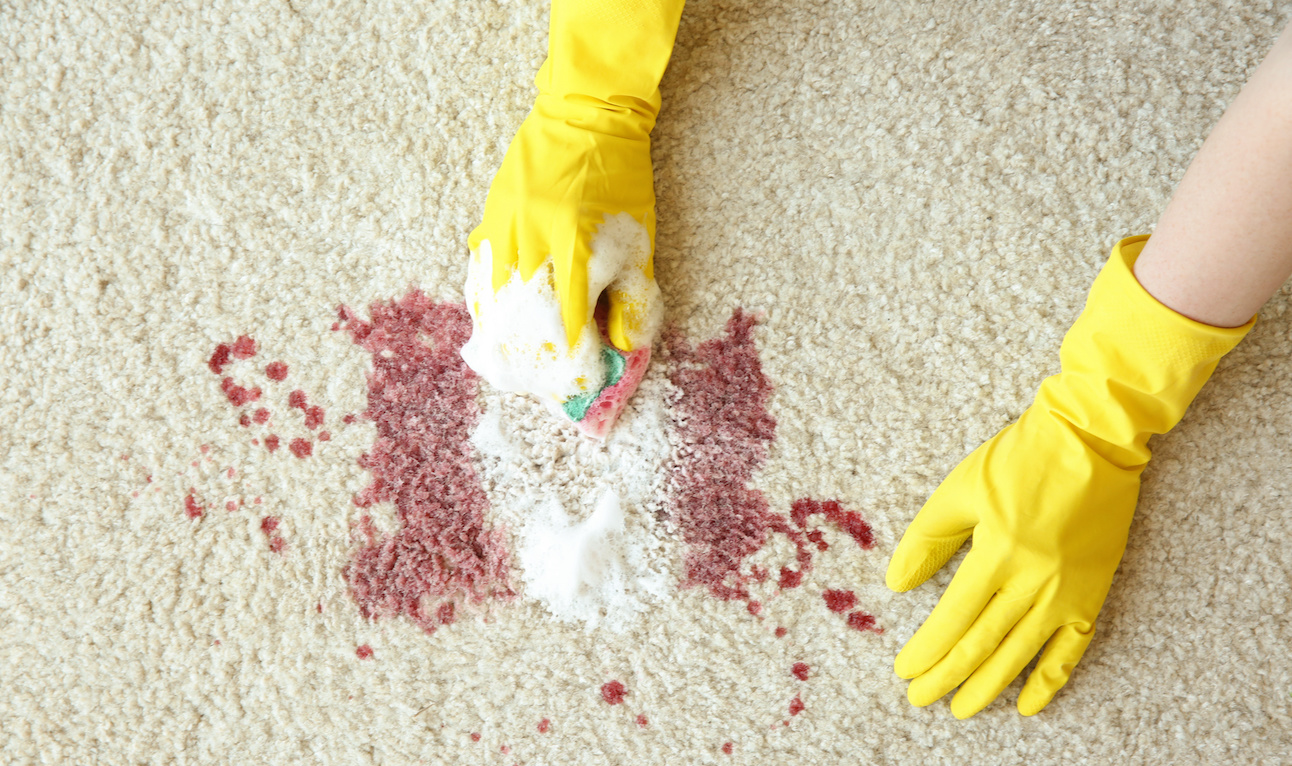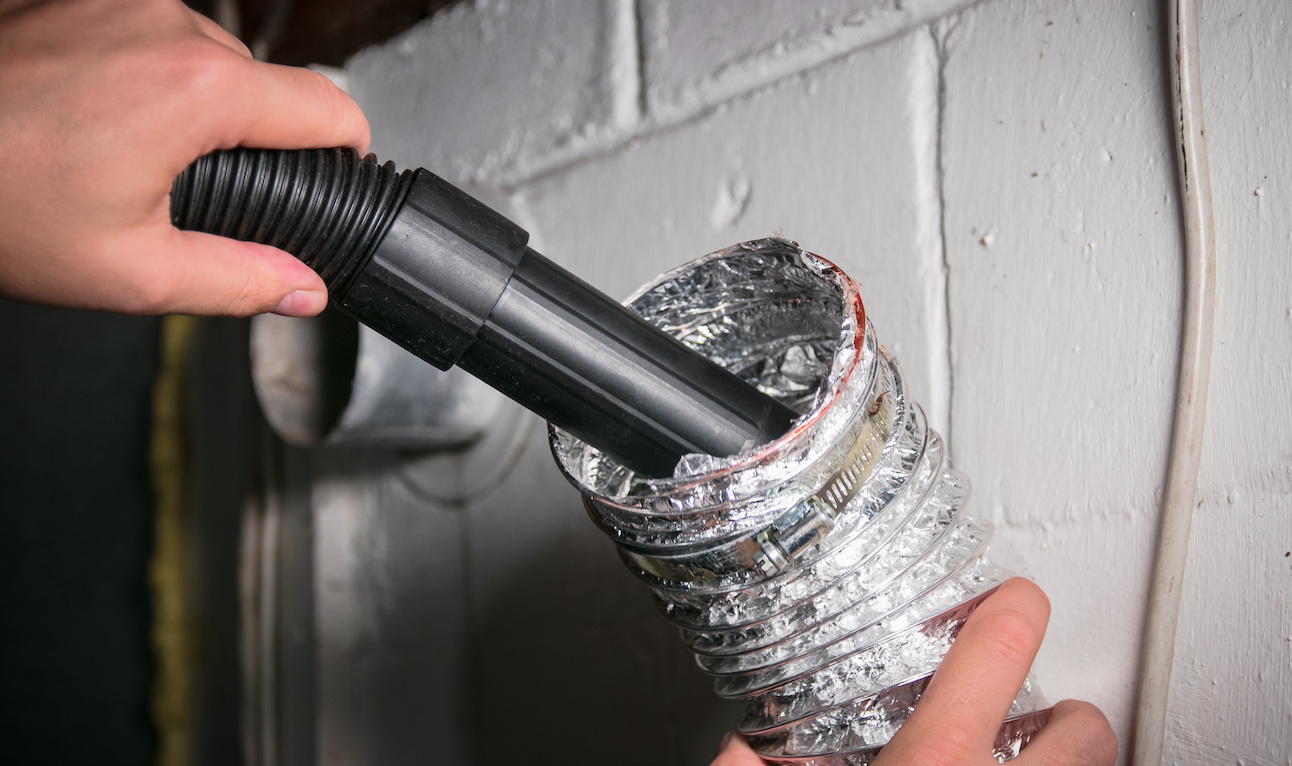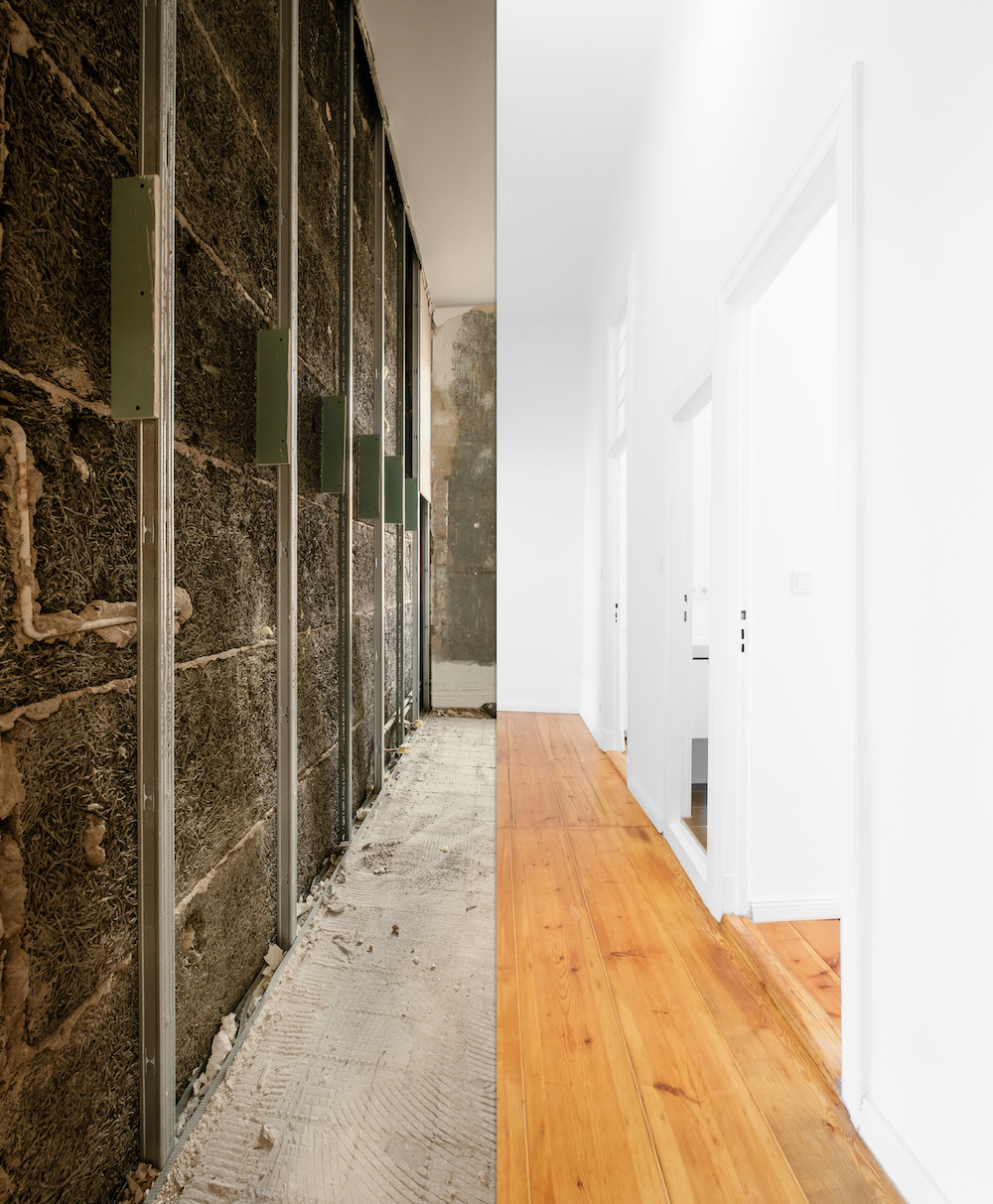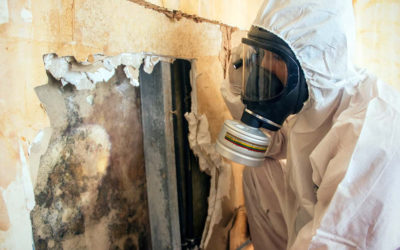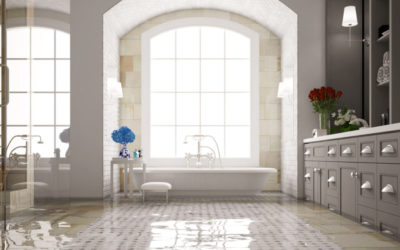When Disaster Strikes
WE STRIKE BACK
Paramount Restoration performs emergency remediation throughout Greater Cincinnati and Northern Kentucky for water, storm, fire, mold sewage damage and more seven days a week, 365 days a year. Call us day or night for an estimate – we waive 100% of the estimate fees for all calls between 8 am and 5 pm!
CALL NOWWater Damage
Storm Damage
Fire Damage
Mold Damage
Sewage Damage
Carpet Cleaning
Crime & Trauma
Air Duct Cleaning
Dryer Vent Cleaning

